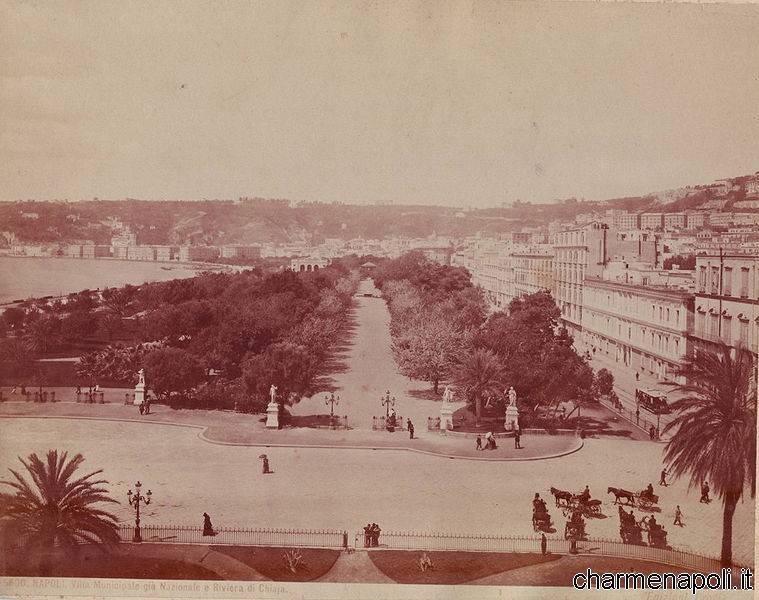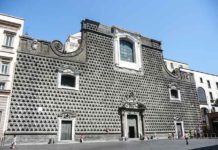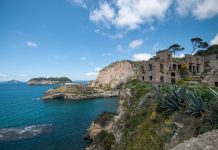Alexandre Dumas spoke of it as kidnapped. The Villa Reale in Naples? “E ‘without doubt the most beautiful and most of all the most aristocratic walk in the world,” he wrote, in 1835, the famous author of “The Three Musketeers” in his Travels in Italy. A fairytale landscape. Commissioned by King Ferdinand IV of Bourbon, a few steps from the Gulf: “Only, instead of the Seine is the Mediterranean instead of the Quai d’Orsay is the extension, is the space, is the infinite” narrated the French writer.
What else to add? The most famous garden of Naples, with its live oaks, pines, palms and eucalyptus trees stretching for almost a kilometer from the Piazza della Repubblica and Piazza della Vittoria, and is furrowed at the sides, Via Caracciolo (the seafront) and from the Riviera di Chiaia. Its original construction dates back to the late seventeenth century, when the viceroy Duke of Medinaceli, thinking about a “green promenade” that the Porta Reale is pushed up to the Neapolitan Crypt, had planted a double row of trees embellishing them with the installation of 13 fountains. In 1778-80, thanks to the intervention of Ferdinand IV of Bourbon, the whole area was transformed into a real public park on the same lines of what Charles III of Bourbon, father of the King of Naples, had made the Salon of Paseo del Prado in Madrid.
The Neapolitan villa was redesigned by Carlo Vanvitelli, the son of Louis, the architect of the Palace of Caserta, who conceived it as a straight path dotted with fountains and sculptures. Thus was born the “Real Walk di Chiaia”: a space dedicated to the fun, where you are walking and listening to music near the sea, just like the Tuileries in Paris.
Revisited several times, the gardens have taken on the appearance of the maximum current at the end of ‘900, waiting for new projects that would expand the green area to the sea after the closure to traffic of the streets in front.

 Italiano
Italiano














